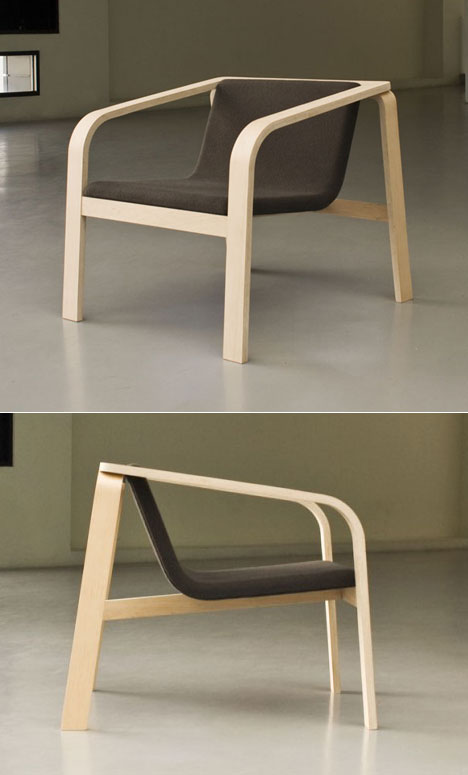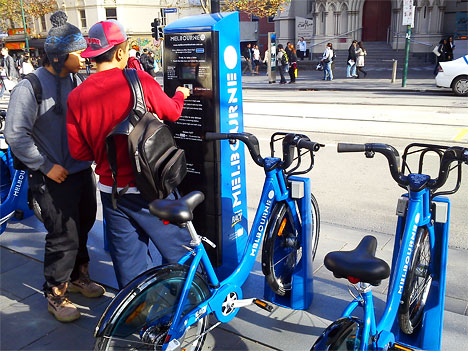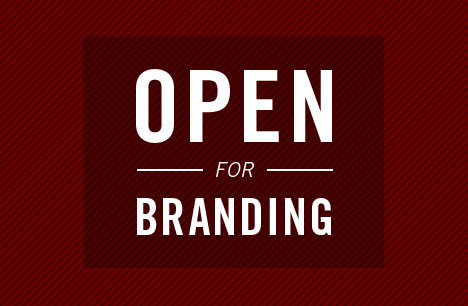The ticketing machine of the new Melbourne Bicycle Share scheme. Melbourne, Australia. Photo: Gavin Anderson.
Designers of interactions have the opportunity to move their purview beyond the shallow plane of interaction into the design of systems, organisational capability and culture; to tackle very complex problems and affect profound and lasting change.
Designing the interactions people have with other people, with organisations, and with systems is both a simple and a complex undertaking. Simple in that the mechanics of an individual interaction can be well-defined and articulated. The problem, and the solution, can be narrowed down significantly. Indeed, so simple can interaction design seem at times that the discipline is often collapsed to a plane of request-response interfaces that sit between the participants—the design of a web form; the layout of an ATM machine; or a ticketing booth for a public bicycle share scheme. In this quite narrow and shallow view of interaction design the designer is responsible for little more than the layout of the interface and the choice of means through which request and response can be communicated.
This simplistic view of interactions and their design, is not the only view, nor the most appropriate. When designers apply their more holistic lens to the design of interactions it becomes clear that the practice is a much more complex and deeper undertaking.
A Critical Pillar of Success
Zooming out a little, we can see that an interaction generally forms a part of a much longer series of activities undertaken in pursuit of a goal. The web form represents one step in a purchasing process. The ATM machine is one of several channels through which deposits and withdrawals might be made. The ticketing booth opens the door to a convenient and energy-saving form of transport. From the perspective of the 'user' or 'customer' this series of interactions builds to create an experience in which each interaction is a 'moment'. The quality of the experience is unique to the participant, and draws on a lifetime of experience and expectation.
Looking at this resultant experience, the focus and target of experience design, we see a lifecycle that maps to the participants' end-to-end engagement with a product-service system. In doing so, we see that the design of interactions forms a critical pillar of success for that product-service system and one which directly influences and shapes strategy. The strength of that influence will vary depending on the nature of the product/service, but is always present. For example, a poorly designed online checkout process can act as a critical obstacle to purchasing. The ATM machine forms part of a convenient, and relatively low-cost service channel, where the interface plays a lesser part to the design of the overall network. In the example of the bicycle-sharing scheme, the ticketing machine could cause frustration or worse, but the availability of bikes, and the convenience of both locating and returning them will also play a significant part in the customer's experience.
A parent wrestling with a grumpy child will approach an ATM transaction differently to the businessman enroute to an important lunch.
We also need to acknowledge that products and services are utilised by people differently—at different times, at different volumes, in different places. And yet, if our target continues to be a consistent and coherent experience, then we must also design the transitions between interactions. The role of the interaction designer becomes one of system design, where the agents of the system may be individuals, organisations, or technology.
(more...)
![]()
![]()





 While the world witnessed
While the world witnessed 






























